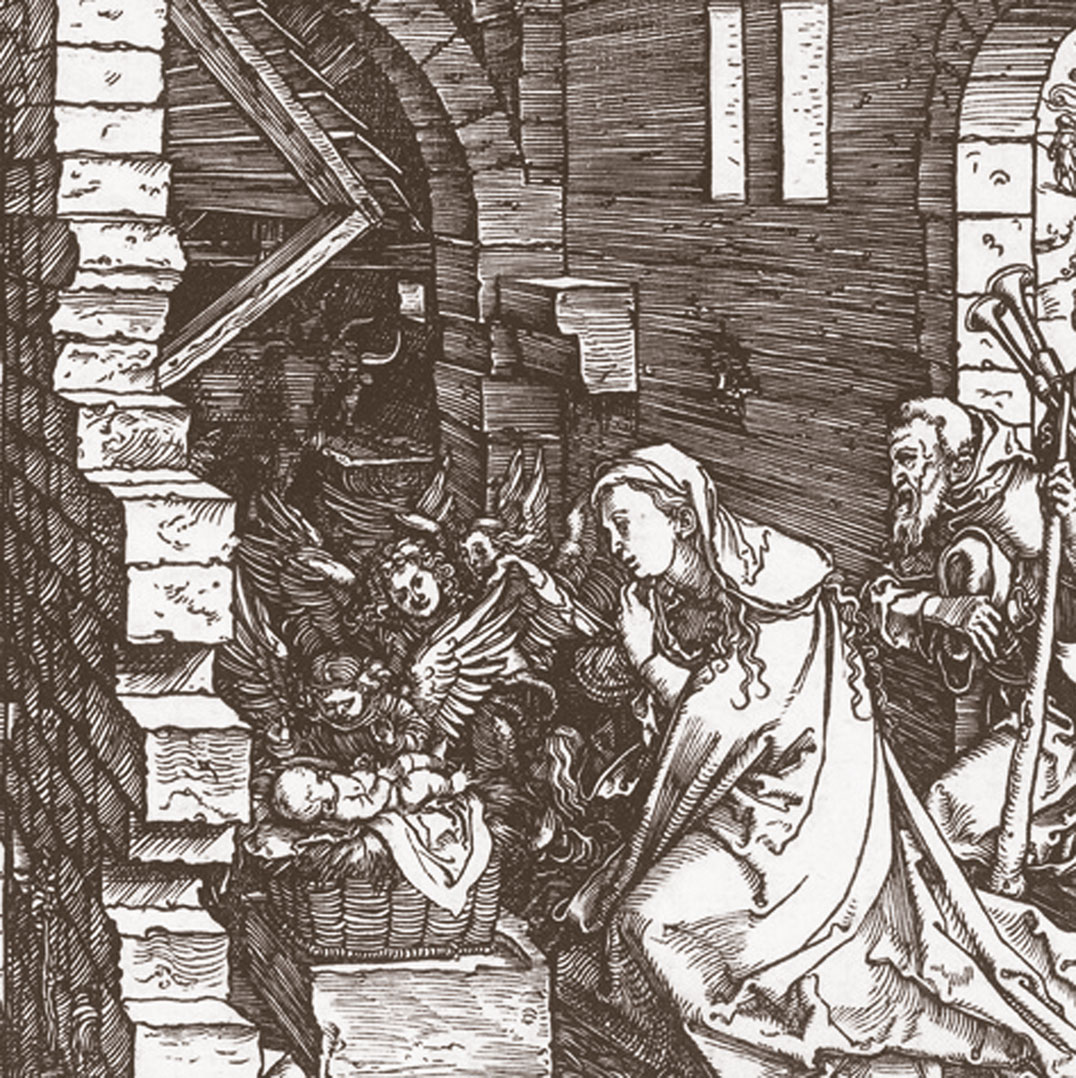Back to Reviews
‘Biber: the Joyful Mysteries’ reviewed in The Tablet

Rick Jones wrote about our concert at St Dominic’s Priory, 2 December 2017, for The Tablet
Heinrich Biber’s Rosary Sonatas were composed some time between 1670 and 1704, the years when the composer was music director to the Prince-Archbishop of Salzburg, Austria. They are also called the Mystery Sonatas after the sacred mysteries of the Rosary (Joyful, Sorrowful and Glorious); the prince-archbishop vigorously encouraged the devotion, which is what led to the creation of the piece.
The time it takes to recite the fifteen traditional mysteries of the Rosary is about the length of Biber’s Sonatas. Although this Advent performance took place in a dark, lofty, north London priory consecrated in 1883 to Our Lady of the Rosary, which indeed has 15 shrines, the audience remained in one place. St Dominic’s was in effect built for such a performance and it seemed surprising that Biber’s Rosary Sonatas had never been performed there before. Architecturally, the building is one of the marvels of the Gothic Revival, constructed to designs by Charles Alban Buckler.
The Sonatas are suites of solemn Baroque dances for solo violin with continuo accompaniment. The soloist Nicolette Moonen, founder of the Baroque orchestra The Bach Players and teacher of violin at the Royal Academy of Music, indicated the shrines beside us as she introduced the music. From a playing perspective, the Sonatas are unique as each requires a different violin tuning. To avoid delay, players generally bring ready-tuned instruments to the stage as Moonen did, pausing thoughtfully before each selection.
The first is the Annunciation, tuned conventionally. Moonen’s gut strung fiddle fluttered angelically through the prelude before the continuo announced a repeating bassline over which she played a theme with seven variations of increasing speed. The continuo player Pawel Siwczak at the chamber organ kept a steady left hand as he improvised the right-hand chords in the practice of the time. The revival of this considerable skill is one of the effects of the 1960s early music movement.
The second mystery, The Visitation, resonated brilliantly in the gloom as the retuning allowed for more open strings. The middle allemande danced lightly with the joy and fulfilment of pregnancy. The Nativity featured a gentle cradle-rocking which Moonen played warmly, while the Presentation was a single extensive chaconne for Simeon’s meditation on his encounter with the infant. In the fifth mystery, Jesus in the Temple, Moonen contrasted parental anxiety with the Christ child’s self-confidence, injecting at the last a sense of what was to come.
These were the Joyful Mysteries, performed with the beauty of poetic prayers in a sacred and much loved space. To come are the Sorrowful Mysteries next Lent (24 February 2018) and Glorious Mysteries next Ascensiontide (12 May). They are well worth making space for in your new diary.